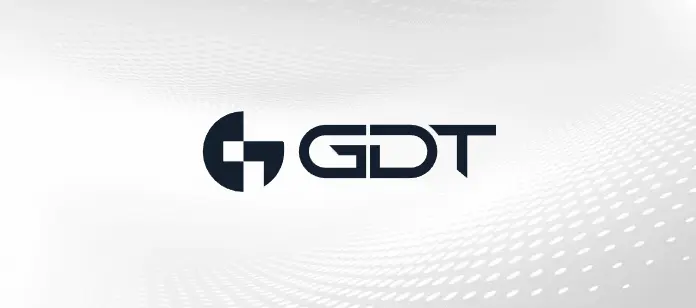Earlier this week, Amazon Web Services (AWS) announced that they’re joining cloud competitors Microsoft Azure and IBM Cloud to offer Blockchain-as-as-Service. The service is so new that this new offering can’t even use BaaS to define it. That’s already been claimed by Backend-as-a-Service, which is a cloud-based offering that allows developers to focus on mobile and web applications’ frontend and offload the less sexy backend stuff.
AWS announced late last year that they would offer Blockchain as a Service in the future, and now it’s officially available. They’re calling it Amazon Quantum Ledge Database (QLDB), and its launch is noteworthy because in early 2018 they had essentially dismissed blockchain as a technology. Or, at least one (1) from which they felt they could earn enough revenue to justify it as a service.
A little market research goes a long way
At that time, AWS felt companies had, in the words of CEO Andy Jassy, “a weird convoluting and conflating [sense] of what they really wanted [from blockchain].” But, after a little market research in the form of discussions with customers, they developed a better understanding about the types of problems customers were attempting to solve.
According to Rahul Pathak, General Manager of AWS Managed Blockchain, “Customers want to use blockchain frameworks like Hyperledger Fabric and Ethereum to create blockchain networks so they can conduct business quickly, with an immutable record of transactions, but without the need for a centralized authority.”
With AWS QLDB, customers will be able to do it. And, AWS promises that it will be highly scalable to accommodate thousands of applications and enable customers to run millions of transactions.
GDT, a Dallas-based AWS partner, is excited about the AWS QLDB launch. “Interest in blockchain grows each day,” said Mohammed Ibrahim, GDT’s Director of Hybrid Cloud. “With QLDB, we’ll be better equipped to take the mystery and complexity out of blockchain for our customers and help them utilize it to address a variety of issues.”
If you’re looking for cloud expertise, you’ve come to the right place
Migrating to the cloud is a big move; it might be the biggest move of your IT career. If you don’t have the right cloud skill sets, expertise and experience on staff, you may soon be wondering if the cloud is all it’s cracked up to be.
That’s why turning to experienced Cloud experts like those at GDT can help make your cloud dreams a reality. They hold the highest cloud certifications in the industry and are experienced delivering and optimizing solutions from GDT’s key cloud partners―AWS, Microsoft Azure, Google Cloud and IBM Cloud. They can be reached at CloudTeam@gdt.com. They’d love to hear from you.
If you’d like to learn more about the cloud, including migrating to it, things to consider prior to a migration, or a host of other cloud-related topics, you can find them here:
Survey reveals organizations see the need to utilize more than one (1) public cloud service provider
Government Cloud adoption is growing, but at the rate of other industries?
The 6 (correctly spelled) R’s of a cloud migration



